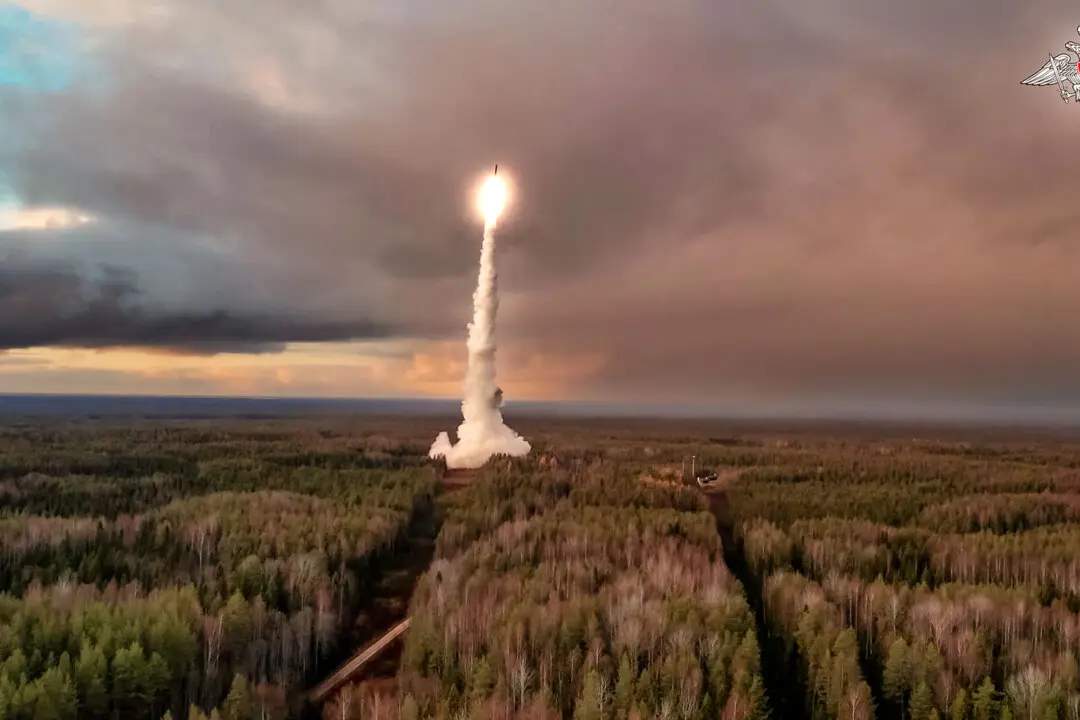News Analysis
Russia says it is reconsidering its nuclear doctrine—the document it relies on when deciding whether to launch a nuclear strike—and earlier this week, it carried out a major missile test.

Russia says it is reconsidering its nuclear doctrine—the document it relies on when deciding whether to launch a nuclear strike—and earlier this week, it carried out a major missile test.